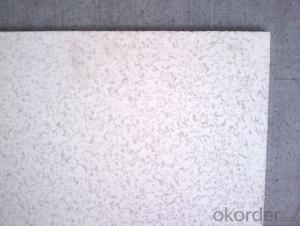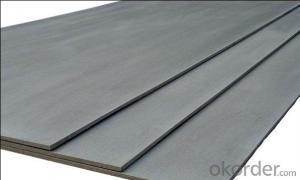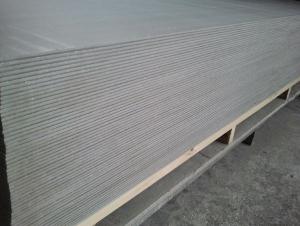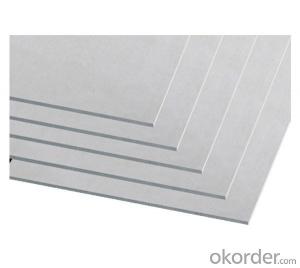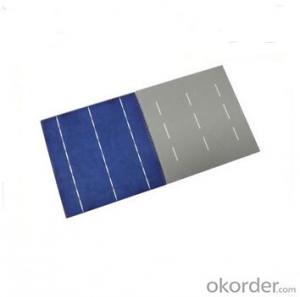High Performance Solar Cells
High Performance Solar Cells Related Searches
High Five Stainless Steel Prop High Quality Solar Inverter High Temperature Clear Plastic Sheet High Voltage Solar Inverter Stainless Steel Peg Board Best Quality Roofing Felt High Intensity Desk Lamp High Efficiency Hvac Systems High Rupturing Capacity Fuse High-Pressure CompressorHot Searches
Fiberglass Scaffolding For Sale Fiberglass Panels For Sale Fiberglass Greenhouses For Sale White Gazebo For Sale White Melamine Board Price Ceiling Fan Lowest Price White Plastic Folding Chairs Wholesale Company Office Design Cheap High Tea Sets For Sale High Density Fiberboard For Sale Used Foam Board Insulation For Sale Magnesium Oxide Board For Sale Hdf Board For Sale sintra board for sale High Mast Light Price List Solar High Mast Light Specification High Mast Tower Price Philips High Mast Lighting Price List Bajaj High Mast Lighting Price List Gypsum Board Price Per Sheet In IndiaHigh Performance Solar Cells Supplier & Manufacturer from China
Okorder.com is a professional High Performance Solar Cells supplier & manufacturer, offers integrated one-stop services including real-time quoting and online cargo tracking. We are funded by CNBM Group, a Fortune 500 enterprise and the largest High Performance Solar Cells firm in China.Hot Products
FAQ
- Some common materials used in solar cells include silicon, cadmium telluride, and copper indium gallium selenide.
- Yes, solar cells can be used to power data centers. Solar panels can generate electricity from sunlight, which can be used to power the energy needs of data centers. However, the feasibility and effectiveness of using solar power for data centers depend on various factors such as the size of the data center, the availability of sunlight, energy storage solutions, and the overall energy consumption of the facility.
- Yes, solar cells can be used in disaster relief or emergency response situations. Solar cells provide a reliable and renewable source of energy that can be used to power critical devices and infrastructure such as communication systems, medical equipment, lighting, and water purification systems. They are easily deployable, independent of the electrical grid, and can operate in remote areas, making them ideal for emergency situations where access to traditional power sources may be disrupted.
- Yes, solar cells can be used for powering outdoor surveillance systems. Solar cells convert sunlight into electricity, making them a sustainable and reliable power source for outdoor applications. This eliminates the need for traditional power sources and allows surveillance systems to operate in remote or off-grid locations. Additionally, solar-powered surveillance systems can be cost-effective and environmentally friendly, reducing energy consumption and carbon emissions.
- Yes, solar cells can be used in electric vehicle charging stations. Solar panels can capture sunlight and convert it into electricity, which can then be used to charge electric vehicles. This approach is known as solar-powered charging stations and is an environmentally friendly alternative to traditional grid-powered stations.
- The most commonly used materials to make solar cells are silicon, cadmium telluride, and copper indium gallium selenide.
- Yes, solar cells can be used to charge electric vehicles. Solar panels can convert sunlight into electricity, which can then be used to charge the batteries of electric vehicles. This allows for sustainable and renewable energy sources to power electric vehicles, reducing reliance on fossil fuels and decreasing carbon emissions.
- How does the solar panel produce it yourself?
- ?Step 5: Assemble the battery Place the titled titanium dioxide film face up on the table, drop one or two drops of electrolyte containing iodine and iodide ions on the membrane, and then press the conductive surface of the counter electrode down on the titanium dioxide film The The two pieces of glass were slightly staggered so as to use the exposed portions as the electrodes for testing. Use two clips to hold the battery, so that your solar cell is made


